.legacy file virus Removal: Steps To Get Rid Of .legacy file virus Completely
Errors generated by .legacy file virus 0x00000081, x8024F001 WU_E_REPORTER_EVENTCACHECORRUPT The event cache file was defective., 0x8024402B WU_E_PT_HTTP_STATUS_NOT_MAPPED The HTTP request could not be completed and the reason did not correspond to any of the WU_E_PT_HTTP_* error codes., 0xf0814 CBS_E_INVALID_CONFIG_VALUE invalid setting configuration value, 0x80246007 WU_E_DM_NOTDOWNLOADED The update has not been downloaded., 0x8024502D WU_E_PT_SAME_REDIR_ID Windows Update Agent failed to download a redirector cabinet file with a new redirectorId value from the server during the recovery., 0x8024401D WU_E_PT_HTTP_STATUS_CONFLICT Same as HTTP status 409 - the request was not completed due to a conflict with the current state of the resource., 0x00000104, Error 0xC1900202 - 0x20008, 0x80242016 WU_E_UH_POSTREBOOTUNEXPECTEDSTATE The state of the update after its post-reboot operation has completed is unexpected., 0x80242009 WU_E_UH_BADHANDLERXML An operation could not be completed because the handler-specific metadata is invalid., 0x80244002 WU_E_PT_SOAPCLIENT_OUTOFMEMORY Same as SOAPCLIENT_OUTOFMEMORY - SOAP client failed because it ran out of memory., 0x80240004 WU_E_NOT_INITIALIZED The object could not be initialized., 0x80242002 WU_E_UH_UNKNOWNHANDLER A request for an update handler could not be completed because the handler could not be recognized., 0x80242001 WU_E_UH_LOCALONLY A request for a remote update handler could not be completed because the handler is local only., 0x0000007B, 0x8024D008 WU_E_SELFUPDATE_SKIP_ON_FAILURE An update to the Windows Update Agent was skipped because previous attempts to update have failed., 0x8024D009 WU_E_SETUP_SKIP_UPDATE An update to the Windows Update Agent was skipped due to a directive in the wuident.cab file., 0x00000057Know How To Do Away With .legacy file virus From Operating System
.legacy file virus, a pernicious computer threat which damage the saved data and make other program unresponsive. Number of fake malicious process start running on the background which make consume more RAM memory and increase load on the CPU. This unwanted background process will create a havoc to the infected Operating System, which make the Operating System more sluggish then before. However .legacy file virus will not only make the infected Operating System slow, but after the infiltration the risk on privacy setting will be increased.
Hacker linked with this .legacy file virus threat will easily enter into the Operating System and collect all the private data. These private data is send to the third party, which will make benefit from it and even start demanding extortion money from the user. You will notice after the infiltration of this threat the Operating System will take more time to boot-up. Therefore you must learn the steps to Remove .legacy file virus from the Operating System.
Part 1 : Start Your Operating System In Safe Mode With Networking
Remove .legacy file virus For Window XP/Vista/7
- Click Start Menu >>> select the Restart option.
- Simultaneously press F8 button while the Operating System start booting.
- Here you will get Advance boot menu.

- In this Advance boot menu select Safe Mode With Networking Option.
- To open Operating System in Safe Mode With Networking press Enter button.

Remove .legacy file virus For Windows 8/10
- Click on Start Menu, hold Shift key and the press Restart button.

- In next Window select Troubleshoot option then click on Advanced Options.
- Here select the Startup Settings option.
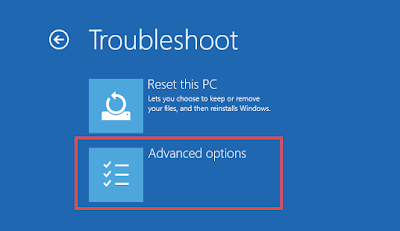
- Select Enable Safe Mode option then click on Restart button.
- Now Press F5 button for EnablingSafe Mode With Networking option.
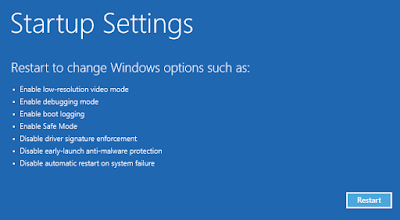
- Right Click on Task Bar and the select Task Manager.
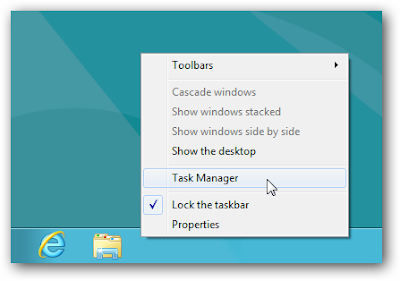
- You can also open Task by simultaneously press ALT+Ctrl+Del.
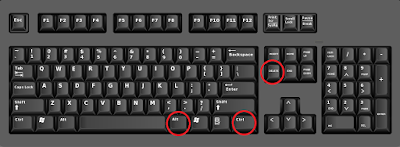
- Now Windows Task manager option will be open on screen.
- Find and select malicious process then click on End Task button.
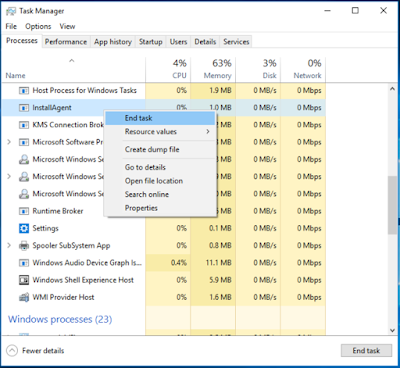
Remove .legacy file virus From Windows XP
- Go the Start menu and select Control Panel.
- The select Add or Remove programs option.
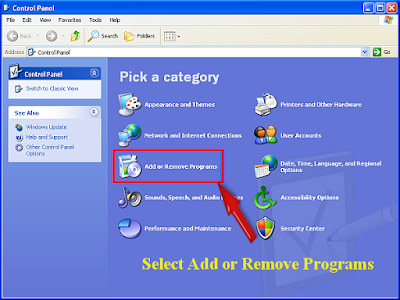
- In this Windows find .legacy file virus and Remove unwanted installed program from your Operating System.
Remove .legacy file virus From Windows 7
- Press the Windows key to open All program list.
- Here select Control Panel Option.
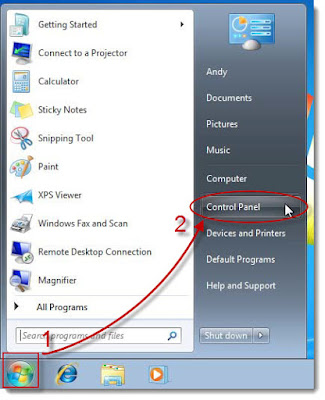
- In Control Panel Windows select Programs menu and then click Remove a programs.
- Them select the .legacy file virus and click on Remove option.
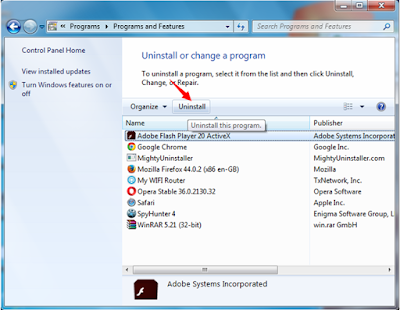
Remove .legacy file virus From Windows 8
- Together Press Win+R button to open Run Box.
- In Run Box type control panel and hit Enter button.
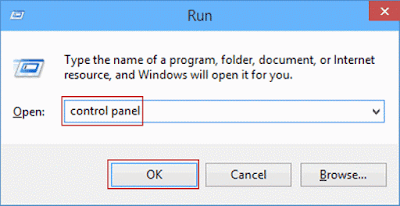
- On Control Panel and then Click Remove a program.
- Find unwanted programs and click on Remove option.
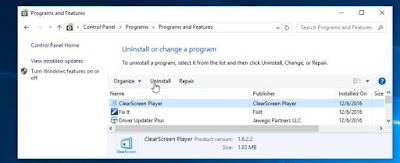
Remove .legacy file virus From Windows 10
- Press Start Menu and select Settings option.
- Now choose Operating System option here.

- Select on the Apps and Features option.
- On the is Windows Find .legacy file virus and click on Remove option.

Remove .legacy file virus From Google Chrome
- Open Google Chrome browser then click on icon to top right corner to open Chrome menu.
- Now click on the Tools option.
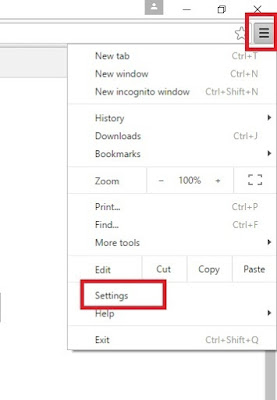
- Go to Extension and select all unwanted extension.
- Click on trash icon to Remove .legacy file virus from Google Chrome.
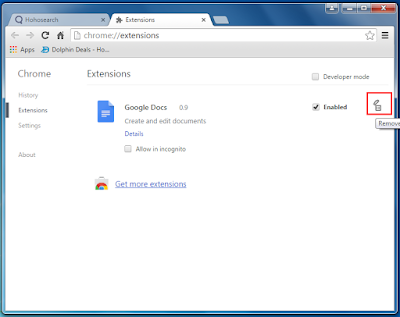
Remove .legacy file virus From Mozilla Firefox
- Click on Setting icon on top right corner to open browser menu.
- Now select Add-ons >> On Add-ons Manager tab select Extensions or Appearance panel.
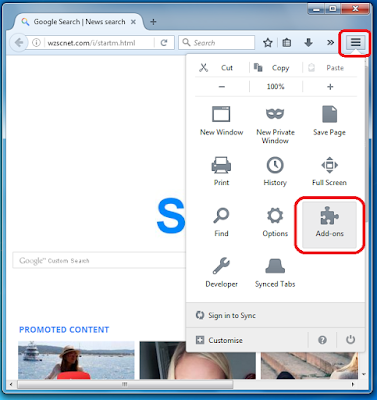
- Select .legacy file virus to Remove it.
- Click on the Remove button or Trash option.
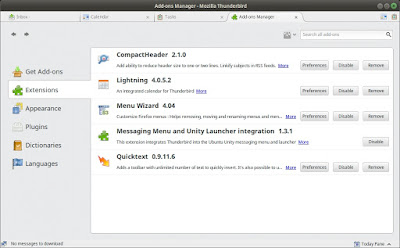
Remove .legacy file virus From Internet Explorer
- Press Alt+T buttons on Internet Explorer to open Tool Option.
- Also to open Tools option click on Gear Icon from the right-top corner.
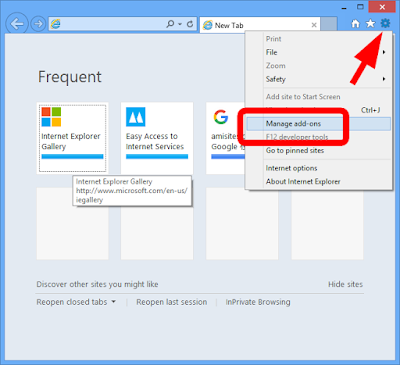
- Click on Manage Add-ons option then select Toolbars and Extensions tab.
- Find .legacy file virus and related add-ons then Click Disable.
- Finally click on Remove button.
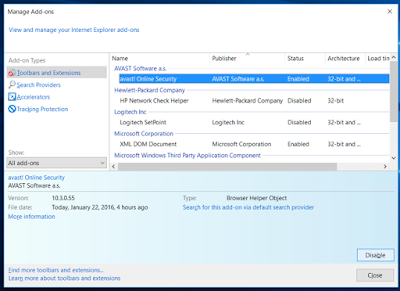
Remove .legacy file virus From Microsoft Edge
- Open Microsoft Edge then click on More (...) icon.
- Now click on A specific page or pages option.

- Select Custom option >>> type the URL of the page.
- Now to fix it Restart your Microsoft Edge Browser.
Reset Microsoft Edge
- Click on More (...) icon, then select Settings option.
- Under Settings section click on Clear Browsing Data.
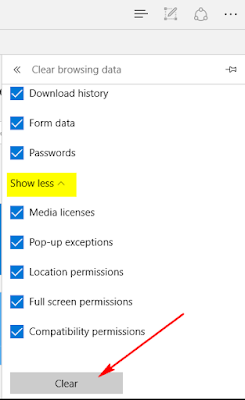
- Here click on Choose what to clear >> then click Show more.
- Select all and click Clear.
Reset Internet Explorer
- Click on Tools menu and select Internet Option.
- Click on Advance tab then click on Reset button.
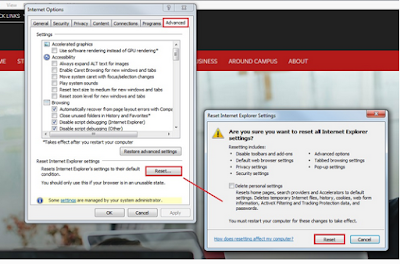
- Find Remove Personal Settings and then press Reset Button.
- Finally click on Close Button and Restart your IE.
Reset Google Chrome
- Click on Chrome menu to open the Settings.
- Now on Drop down option click on Settings option.
- Type Reset on the Search Box of Chrome Settings.

- Then click the Reset button until the Task is not completed.
- Then Restart the Browser.
Reset Mozilla Firefox
- Click on Firefox menu and click Help option.
- Here select Troubleshooting Information option.
- Press Refresh Firefox button from top of page.
- Click Refresh Firefox button and then Restart your Mozilla Firefox.
- Open Run Command >>> Press Win + R keys together.
- On Run Command Type regedit and hit Enter or Press OK.

- Find and Remove all related registry files of .legacy file virus.
- HKEY_LOCAL_MACHINEOperating SystemCurrentControlSetServicesWpm
- HKEY_CURRENT_USERSoftwareMicrosoftInternet ExplorerMain Default_Page_URL
- HKEY_LOCAL_Machine\Software\Classes\Chrome
- HKEY_CURRENT_USER\Software\Microsoft\Windows\CurrentVersion\Run .exe
- HKCU\Software\Microsoft\Windows\CurrentVersion\Internet Settings\random
- HKEY_LOCAL_MACHINE\SOFTWARE\Microsoft\Windows\CurrentVersion\run\random
- HKEY_CURRENT_USER\Software\Microsoft\Windows\CurrentVersion\Internet Settings CertificateRevocation
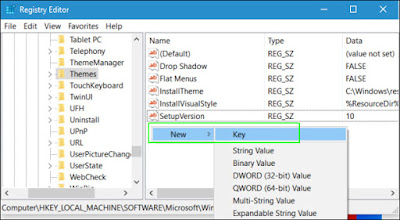



No comments:
Post a Comment